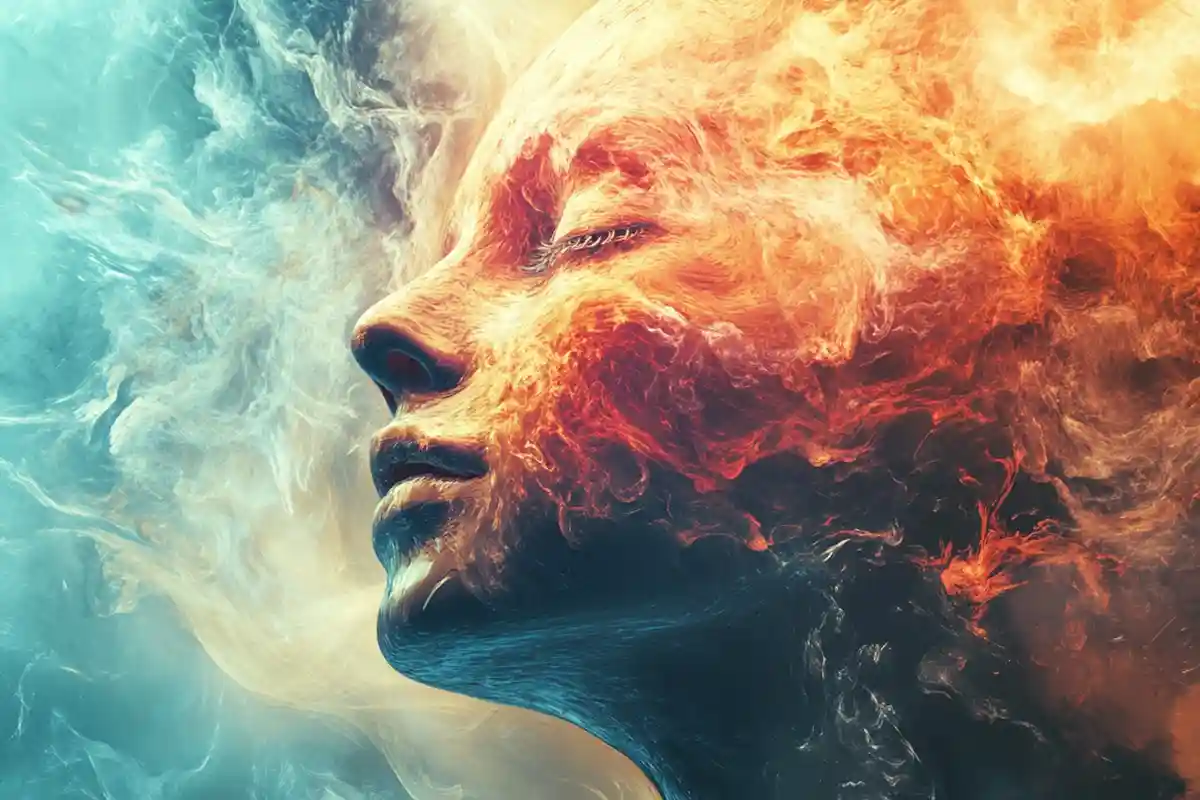Digital art is undergoing significant change as a result of artificial intelligence, or AI. It is providing artists with fresh resources and inspiration, assisting with picture creation, and even serving as a creative collaborator. Let us examine how artificial intelligence is transforming digital art.
1. Creating Art with AI
AI is now able to assist artists in producing original images. Artists can direct the AI to create art by providing straightforward instructions, known as “prompts.” If an artist types, for instance, “a sunset over a mountain with vivid colors,” AI will use those words to create an image. These phrases can be transformed into realistic pictures, cartoon-style drawings, or even abstract art via programs like DALL-E, Midjourney, and Stable Diffusion. Anyone, even novices, can now create stunning digital art more easily.
2. AI as a Creative Partner
AI is being used by certain artists as a “creative companion.” The AI expands on their ideas by proposing fresh hues, forms, or fashions. This enables artists to experiment with ideas they might not otherwise consider. AI speeds up the creative process by enabling artists to rapidly experiment with various styles and techniques.
3. AI for Editing and Improving Art
AI is excellent for editing as well. With a few clicks, it can apply special effects, alter colors, and clear up fuzzy images. AI methods like “content-aware fill” and “neural filters,” which are now used in programs like Adobe Photoshop, make it simple for artists to alter or correct photographs. This allows artists to try out various looks and saves time.
4. AI Art for Businesses and Marketing
Businesses employ AI to produce digital art for ads, social media, and websites. By creating eye-catching visuals in a matter of minutes, AI technologies assist brands in staying unique and innovative. For example, AI can quickly produce logos, posters, and even short animations. This allows businesses to save time and money on creative labor.
5. Learning and Practicing Art with AI
AI tools can assist novice painters in learning various styles. Some AI applications offer artistic advice or demonstrate how to combine hues and shadows. This aids novices in honing their skills. Everyone can now learn painting more easily thanks to AI.
Conclusion
AI is transforming digital art by simplifying the creation, editing, and experimentation processes. Now, artists can create art more quickly, experiment with new concepts, and even collaborate creatively with AI. AI tools create new and fascinating methods to create and appreciate art for both novices and experts.

